What Are Social Engineering Attacks? Techniques & Protection


by Sam Holland
Damage from cyberattacks will cost around $10.5 trillion per year by 2025, according to McKinsey. The entry point for fraudsters isn’t just a gap in security software but a gap in training. Verizon Business estimates that 74% of data breaches are down to individuals being absent-minded or tricked by social engineering attacks such as phishing emails.
The answer is security awareness training. We look at what this term means and how it can help businesses.
Partner with SEON to reduce fraud in your business with real-time data enrichment, whitebox machine learning, and advanced APIs.
Speak with an Expert
Security awareness training ensures people (often staff) lower their risk of falling victim to digital attacks. This includes protecting themselves with approaches such as multi-factor authentication and malware recognition, or using reverse lookup to assess whether someone is trustworthy.
SEON’s widget, shown here, allows you to enter an email address or phone number to reveal a person’s digital footprint. This profiling can show many things, but in short, the smaller the social presence, the more likely they are to be a fraudster.
The fact that so many data breaches occur due to human error highlights the importance of security awareness training.
The best training is holistic, covering everything from organizational system security to keeping private information safe. It should emphasize that trainees must never drop their guard, as social engineering attacks can occur any time.
The diagram below shows the typical sequence of actions that phishing attackers take when carrying out social engineering attacks.

Giving an idea of the scale of the problem, Keepnet Labs’ 2020 phishing report found that 50% of its observed employees opened and read phishing emails, while one in eight answered them.
A security awareness program should focus on strong, up-to-date cybersecurity compliance, equipment, and measures and ensure a level-headed and well-informed workforce. Key topics include:
Together, these measures will protect data, systems, office equipment, the workforce, and more while keeping regulators content.
Security awareness training and post-training tests keep businesses’ operations secure, reducing the risk of financial loss, reputational damage, and regulatory fines. Here’s how:
The benefits of security awareness training become more marked the better implemented the program is, so trainers should take stock of current best practices.
These involve providing informative resources that offer timeliness, relevance, and clarity to trainees. In other words, anyone who delivers security awareness training needs to ensure that it’s informed by new and developing security regulations that are discussed in concise and actionable terms.
Here’s a closer look at the best practices required for security awareness training (SAT):
With all these points in mind, security awareness trainers should consider the importance of transparency. Providing clear, well-informed and timely instructions to your trainees will ensure there is trust in both the delivery of the training and the security sources it’s based on.
SEON is more than just a software solution, it is your business partner in fraud fighting
Speak with an Expert
There are always more opportunities to enhance your business’s security measures. Consider the latest technology in addition to tried and tested methods such as anti-phishing awareness and password protection.
Let’s take a look at some additional security measures that can enhance your business’s cyber-safety and anti-fincrime efforts:
As organizations become increasingly invested in online security and remote working, security awareness trainers should consider the value of these measures. A strong approach to security awareness training will cover:
By focusing on additional security measures for your business, your security awareness training will be better equipped to discuss which security measures have traditionally worked, which ones work best today, and which ones will need to work in the future.
Assuming you have the required materials and staff, a security awareness training program can be built in four to eight weeks. However, more complicated programs can take months.
This depends on the business requirements, but at the least training should be provided in line with new or updated data protection laws and company policies as well as for new joiners.
Basic, essential, and/or government-issued training is usually free. More advanced training will cost around $1,000 for every 50 employees while larger organizations looking for more upmarket training should expect to pay a lot more.
Related Articles
Sources
Showing all with `` tag




Get anti-fraud and compliance insights and tips from SEONs experts.

Sam is SEON's Fraud Content Writer. He has a background in writing and editing content for a range of tech and engineering publications which has led him to gain a strong interest in cyber security. At SEON, Sam enjoys writing about cutting-edge solutions to fraud attempts and cyber attacks, such as transaction monitoring and machine learning.